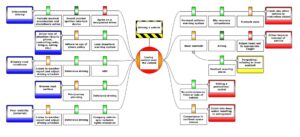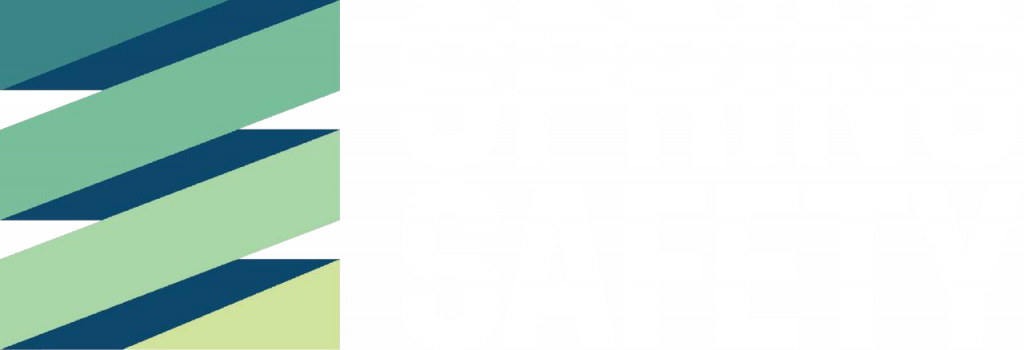Mastering the Art of Bowtie Risk Assessment: Caging the Lion’s Roar
In the realm of risk management, where the stakes are high and consequences can be severe, a thorough risk assessment is not just a regulatory requirement but a cornerstone of maintaining uninterrupted operations.
One effective method gaining prominence in various industries is the Bowtie Risk Assessment. Originated within the aviation and nuclear industries as a response to complex safety challenges, the Bowtie risk assessment methodology visualizes the relationship between potential hazards, preventive measures, and consequences in a way that is both comprehensive and easy to grasp. Over the years, the methodology has evolved and expanded across various sectors including oil and gas, healthcare, and mining, proving its versatility and effectiveness in enhancing safety management practices.
Benefits of the Bowtie Approach
- Visual Clarity: The visual representation of the bowtie diagram simplifies complex risk scenarios, making it easier for stakeholders at all levels to understand the relationships between hazards, causes (threats), consequences, and preventive measures (barriers).
- Proactive Risk Mitigation: By highlighting control measures (barriers) that prevent threats from escalating into incidents, the bowtie method enables organizations to proactively strengthen their defences and reduce the likelihood of accidents or crises.
- Decision Support: The clear visualization provided by the bowtie diagram aids in decision-making processes related to risk management and resource allocation. It helps prioritize actions based on the adequacy and effectiveness of control measures.
Elements Contributing To A High-Quality Risk Assessment
Creating a high-quality Bowtie risk assessment hinges on several critical factors that ensure its robustness.
Stakeholder Involvement and Collaboration:
Successful risk assessments benefit greatly from the involvement and collaboration of stakeholders across all levels of the organisation. Engaging frontline workers, safety professionals, managers, and subject matter experts ensures a comprehensive understanding of operational realities, potential risks, and existing control measures. This collaborative approach not only enhances the accuracy and relevance of the assessment but also promotes a shared commitment to safety and risk management goals.
Comprehensive Analysis of Threats, Consequences and Barriers:
Central to the Bowtie risk assessment methodology conducting a comprehensive analysis of all potential threats (or causes) that could lead to the occurrence of the hazard, the potential consequences of a hazard and the preventive measures designed to intercept threats and prevent them from escalating into incidents.
This analysis demands thoroughness and attention to detail, as it forms the basis for identifying critical vulnerabilities within the operational framework.
Ultimately, the goal of this analysis is to identify the various modes of failure for an unwanted event, the availability and strength of an organisation’s protective measures and evaluate consequences across multiple dimensions, including health and safety, environmental impact, operational continuity, and reputational damage.
A high-quality Bowtie risk assessment effectively incorporates these elements in a way that is specific, meaningful, and capable of guiding actionable measures.
Continuous Review and Improvement:
Risk management is an ongoing process that requires regular review and continuous improvement. As operational conditions change, new risks emerge, or lessons are learned from incidents and near misses, organisations must adapt their risk management strategies accordingly. This iterative approach ensures that the Bowtie risk assessment remains current, effective, and aligned with evolving organizational goals and industry best practices.
Key Takeaway
In conclusion, a Bowtie risk assessment is more than just a tool—it’s a proactive strategy to safeguard against potential risks. By visualizing threats, consequences, and barriers in a clear and systematic manner, organizations can mitigate risks effectively and foster a culture of safety and resilience.
Our facilitators risk management professionals equipped to conduct Bowtie risk assessments, with the use of industry standard software and best practices, helping you and your team manage risks more effectively.
References
ICMM Mining with Principles. (2015). Health and Safety Critical Control Management. Good Practice Guide.
ICMM Mining with Principles. (2015). Critical Control Management. Implementation Guide.











